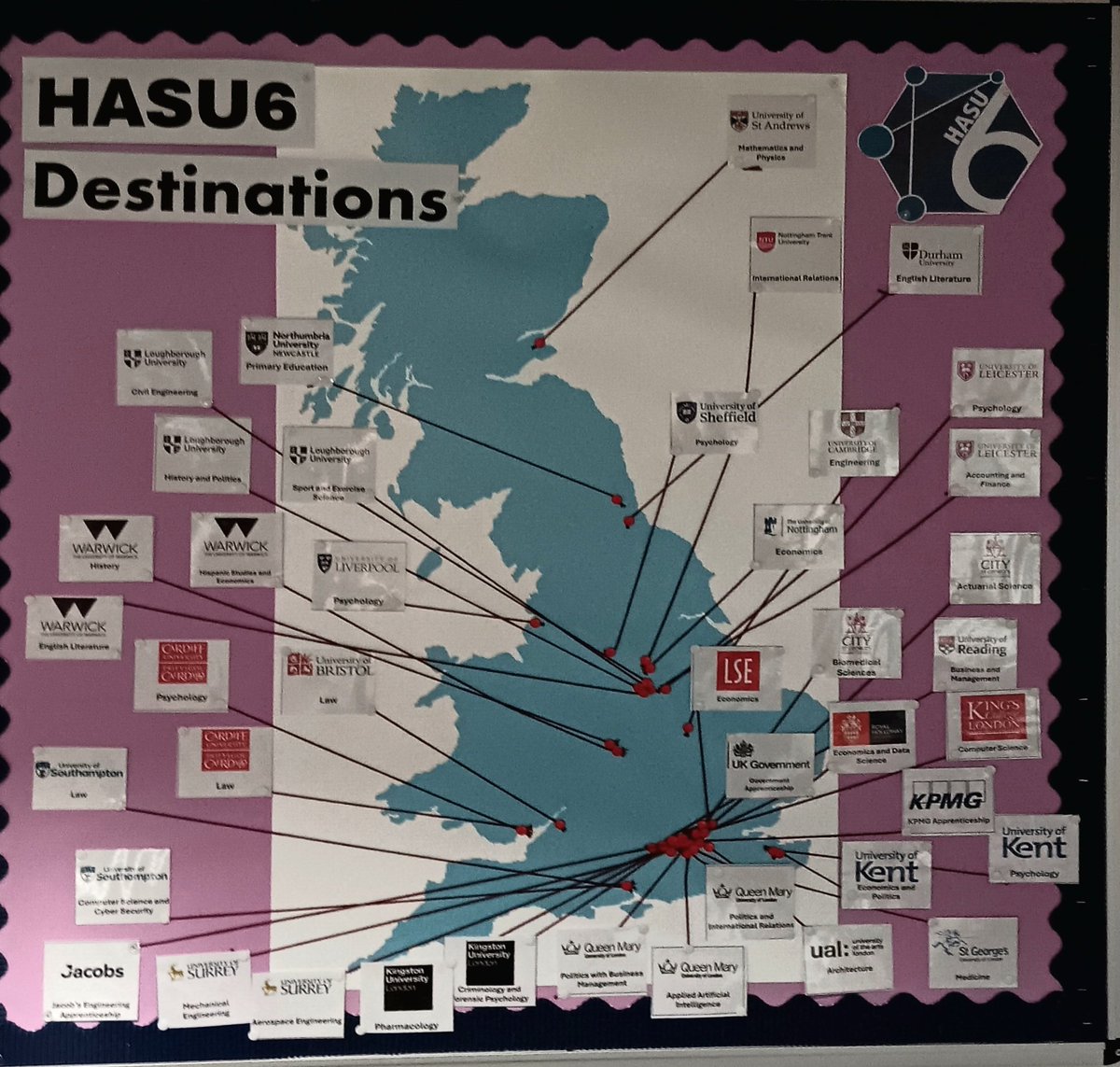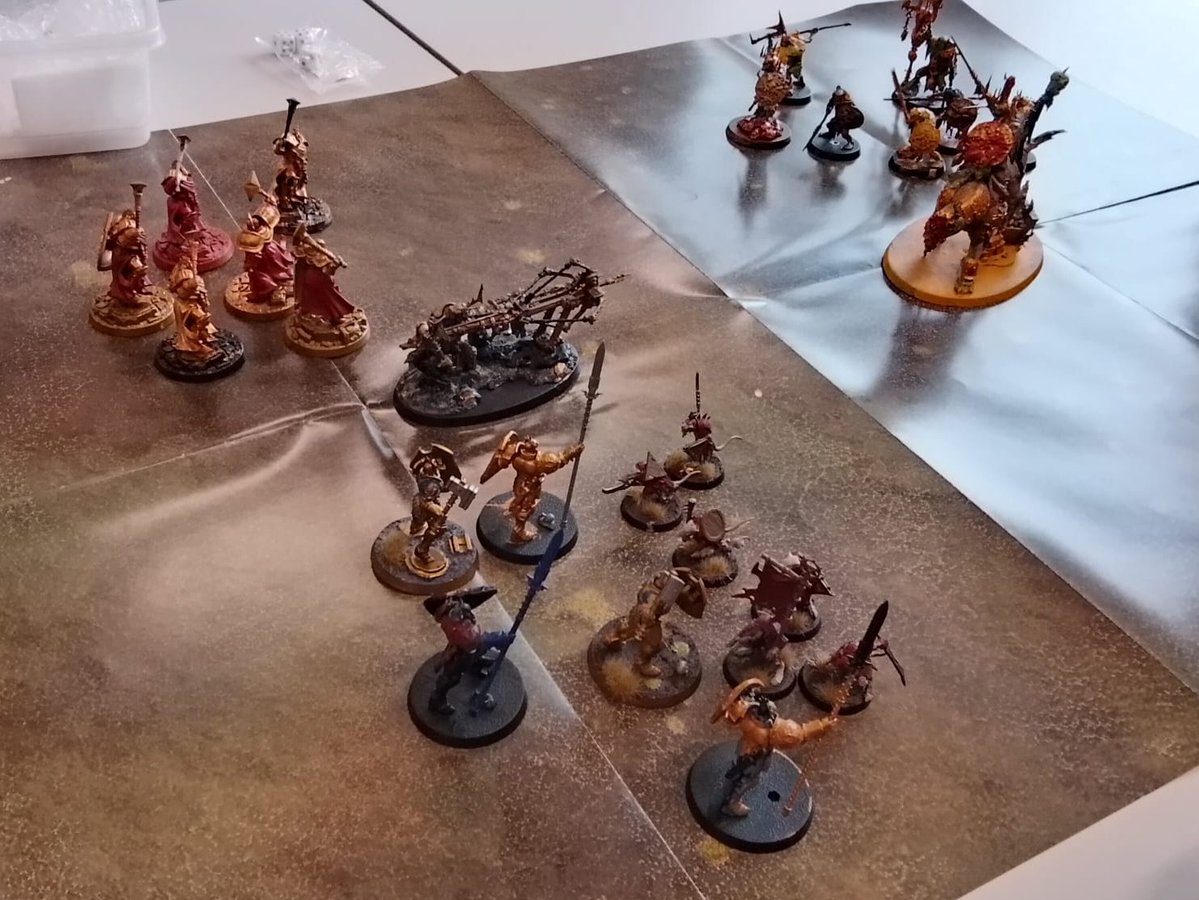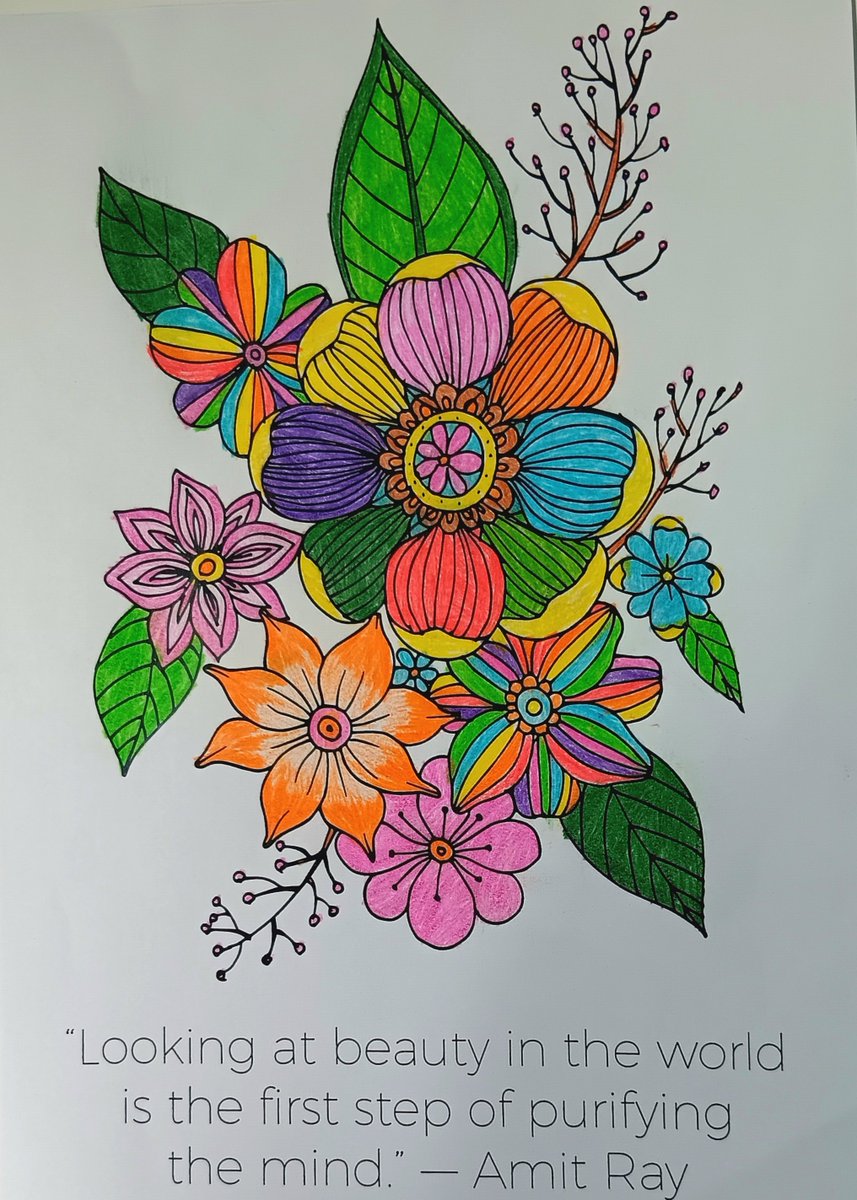Art & Design
What is Art and Design?
Art and Design is a dynamic subject that blends hands-on creative skills with contextual
understanding. Students explore a wide range of inspiring artists, design movements, and cultural
influences, developing both their practical abilities and their appreciation of visual communication.
Why do we teach Art and Design at HASU?
At HASU, we believe Art and Design is essential to nurturing creative, confident, and culturally aware
individuals. By studying Art and Design, students are encouraged to explore their ideas, thoughts, and
emotions, learning how to express themselves in original and meaningful ways. This process not only
builds self-confidence but also strengthens critical thinking and problem-solving skills—abilities that
are highly transferable and valuable across all areas of learning, including STEM and life beyond the
classroom.
Art and Design is all around us—from gallery exhibitions and advertising to street art and the
architecture of our own award-winning school building. At HASU, we aim to equip students with the
tools to engage with and appreciate these diverse forms of visual culture. We foster a lifelong
appreciation of the arts and encourage students to question, interpret, and connect with the world
around them.
By challenging ideas and exploring different perspectives within the art world, students develop
cultural literacy and a deeper understanding of society. We see Art and Design not just as a subject,
but as a powerful lens through which students can better understand themselves and the wider world.
How do we teach Art and Design at HASU at Key Stage 3?
At HASU, Art and Design is taught in our bright, open-plan art studio—a space designed to inspire
creativity and exploration. Students engage in a variety of projects that span across key artistic
disciplines, including drawing, painting, printmaking, sculpture, and collage.
Throughout Key Stage 3, students build a strong foundation in the formal elements of art: shape, line,
tone, colour, texture, and pattern. These core principles underpin a series of thoughtfully sequenced
projects that encourage both technical skill and creative thinking. Contextual studies are woven into
the curriculum, exposing students to a diverse range of artists, movements, and cultural influences.
This helps them develop their own ideas and artwork through experimentation and reflection.
Each stage of our curriculum builds progressively, reinforcing and extending students’ skills and
understanding year by year. Students learn how to select and apply different materials and techniques
to best express their intentions. Alongside practical skills, students explore symbolism in imagery,
examine how societal changes have influenced the art world, and critically engage with art history.
We also place a strong emphasis on developing students’ confidence in articulating their ideas and
opinions in thoughtful, meaningful ways. They are encouraged to think like artists, while also gaining
insight into the many creative careers that art and design can lead to.
Each summer term culminates in a career-focused project, where students apply the knowledge and
skills they’ve developed throughout the year. These projects are themed around real-world creative
industries such as architecture, graphic design, and print design—helping students see the relevance
of their learning and the exciting possibilities ahead.
How do we teach Fine Art at HASU at Key Stage 4?
At Key Stage 4, students can choose Fine Art as part of their GCSE options. The course is structured
around four themes: Natural Forms, Journey, Identity, and an externally set assignment set by the
exam board
Students explore these themes through a wide range of materials and techniques, developing
personal responses inspired by artists and craft makers. Their creative process is documented in
sketchbooks, combining visual work with reflective annotations.
Lessons focus on individual exploration, with students selecting processes and media that best express
their ideas. This approach encourages independence, creativity, and a deeper understanding of artistic
practice and potential career paths.
What exam board do we study at Key Stage 4?
Students studying Fine Art at HASU follow the Edexcel Specification.
This Specification can be found here.




























